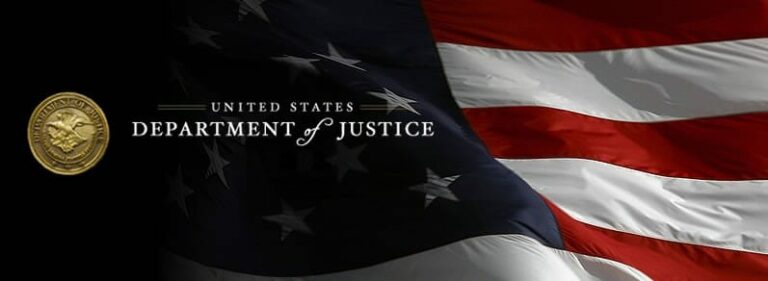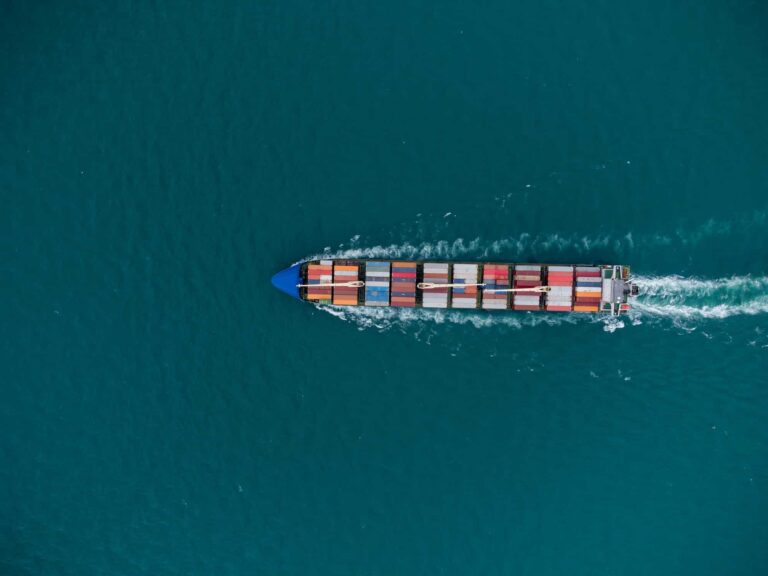Rise of Free Trade Agreements Poses Specific Challenges
Companies that export goods to multiple countries must deal with mounting number of pacts.
ARTICLE BY SUSAN KELLY
Global trade is expected to grow by leaps and bounds in coming years. What’s already growing rapidly is the number of free trade agreements that companies have to keep track of when they’re importing or exporting goods.
There are more than 500 free trade agreements, and William Methenitis, global director of customs and international trade at Ernst & Young, said the pace at which new agreements are being put in place is accelerating. “It has picked up in the last five years,” he said. “In the last two or three years you’ve seen it grow quite a bit.”
Each agreement sets out different rules for different types of products, so the proliferation poses a challenge for companies that import or export goods. “It’s a huge data exercise to be able to analyze them,” Methenitis said.
Free trade agreements are designed to promote manufacturing activity in the countries signing them, and their rules about which products qualify for reduced tariffs—known as rules of origin—take into consideration the extent to which a product was produced in the country from which it’s being exported, explained Arthur O’Meara, principal at O’Meara & Associates, an Aurora, Ill.-based company that provides strategic trade compliance and training.
“The theory is that your product that you sell to a foreign market will be allowed to be imported into that market duty free because you as a manufacturer have proven this product has a certain minimum amount of domestic value,” O’Meara said, noting that that value could entail labor and overhead as well as materials. “You have to prove it’s made in America; it’s not just made somewhere else and repackaged here.
“A free trade agreement can have hundreds and hundreds and hundreds of different origination rules,” he added.
The considerable number of trade agreements and all of their differing provisions pose a particular challenge to companies that manufacture goods for multiple markets, according to E&Y’s Methenitis.
“Each agreement has a separate set of rules of origin,” he said. “When you think about that for the entire supply chain, the company needs to be able to determine that a particular product qualifies by bill of materials for each free trade agreement destination country, and it’s got to be able to monitor any changes in the supply chain that would affect that bill of materials. When you look across the entire supply chain, there’s quite a lot to optimize.”
Methenitis cited the example of a company in Mexico that is contemplating manufacturing an item to be exported to the U.S., Europe, and Japan. “Mexico has free trade agreements with each of those places,” he said. “They all have fundamentally different types of rules of origin. It does require independent assessment of each rule. Sometimes it’s possible to meet all of them, and sometimes it’s not. Your sourcing of the materials affects the qualification of the goods you’re producing.”
A product that’s manufactured in the U.S. with no imported parts qualifies for U.S. origin, said Methenitis, who’s pictured at left. “But that’s not the real world of business. Companies are importing all over the place, and they’re trying to source the lowest-cost item.
Companies rely on technology to help them comply with free trade agreements, he said. “It’s very hard to do this manually if you’re making multiple products and they qualify for multiple free trade agreements.”
O’Meara noted that complying with free trade agreements is voluntary. If a company prefers, it can ignore a free trade agreement and just pay the tariff. If duty rates are low, it might not make sense to take on the administrative burdens involved in complying with a trade agreement, he said. “Duty rates have been trending downward for decades,” O’Meara added. (Read More)







